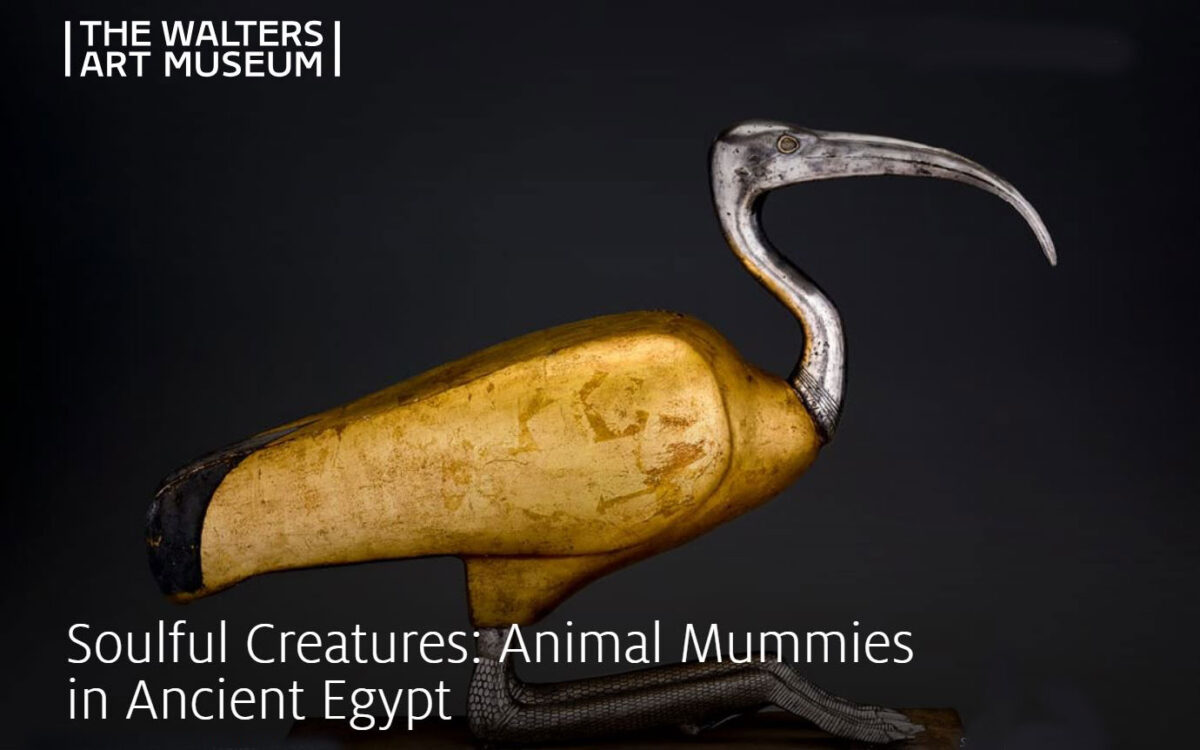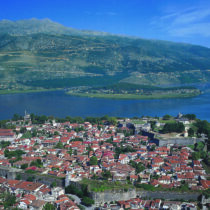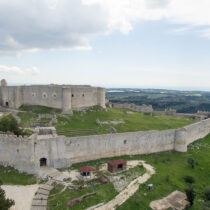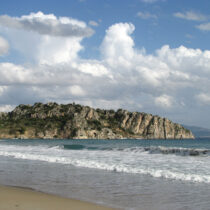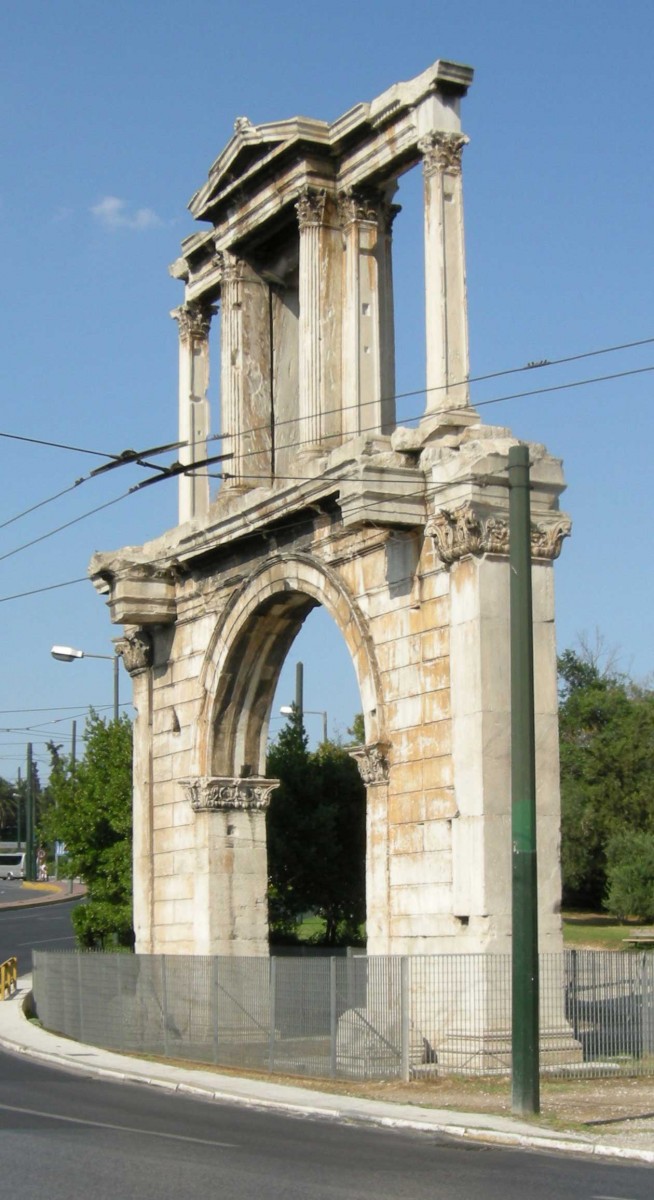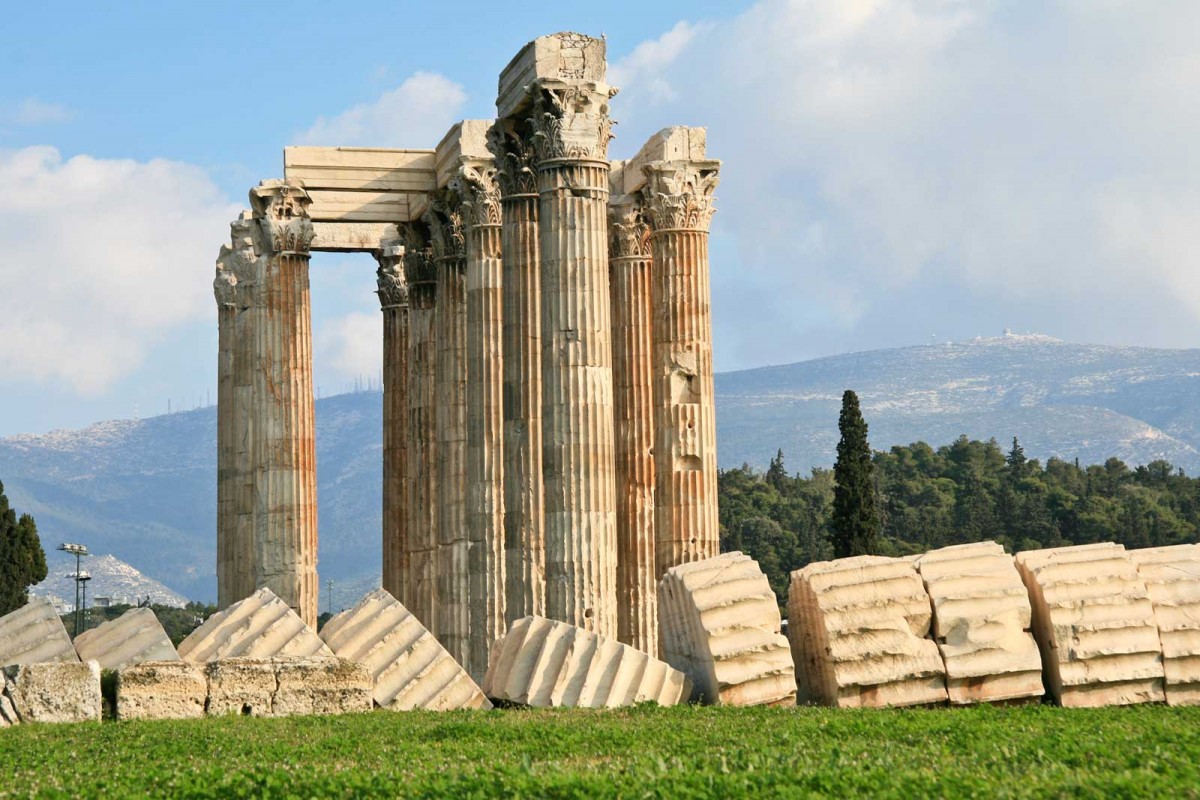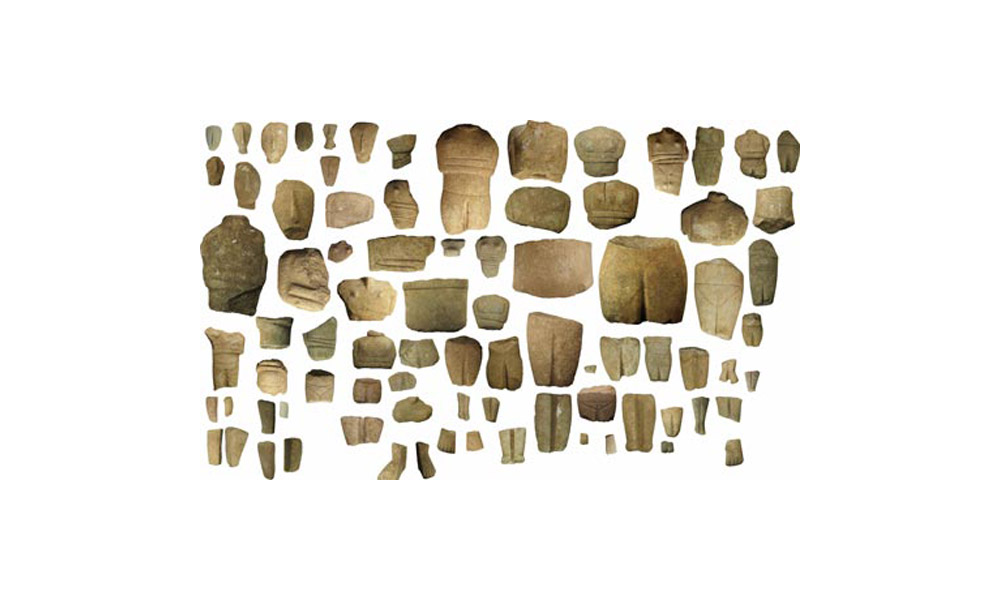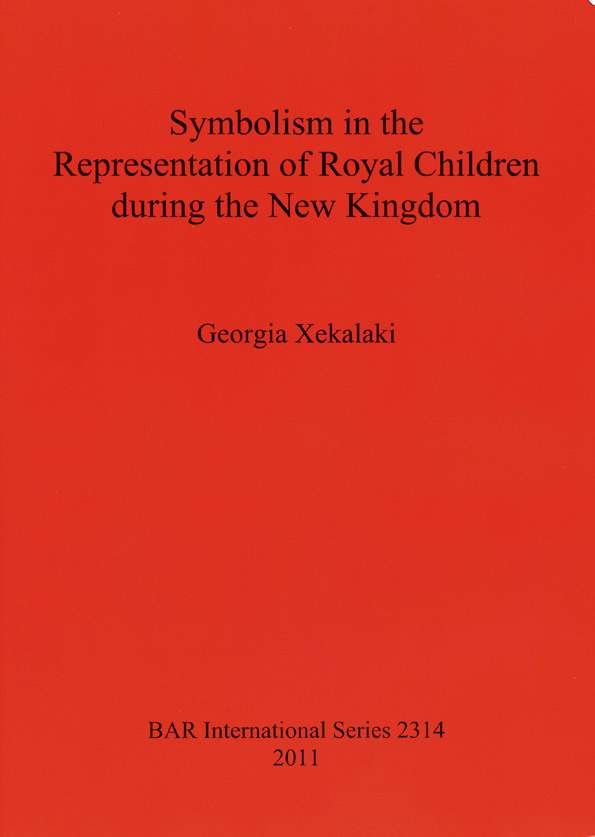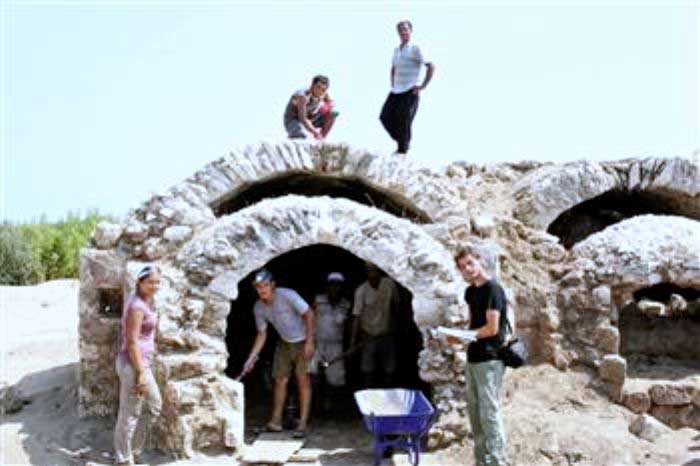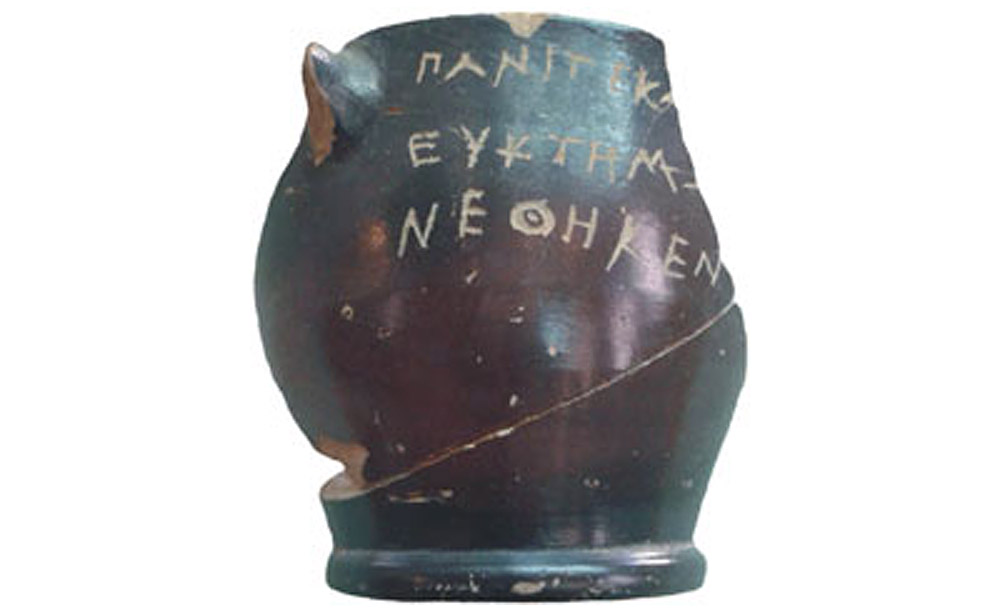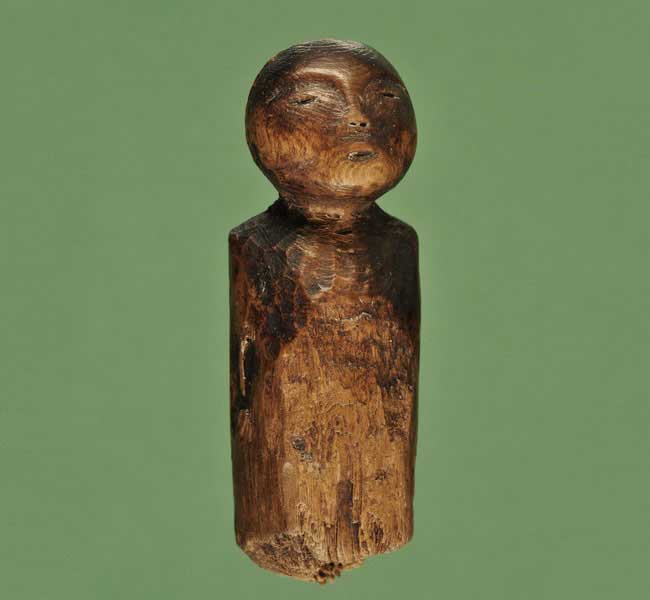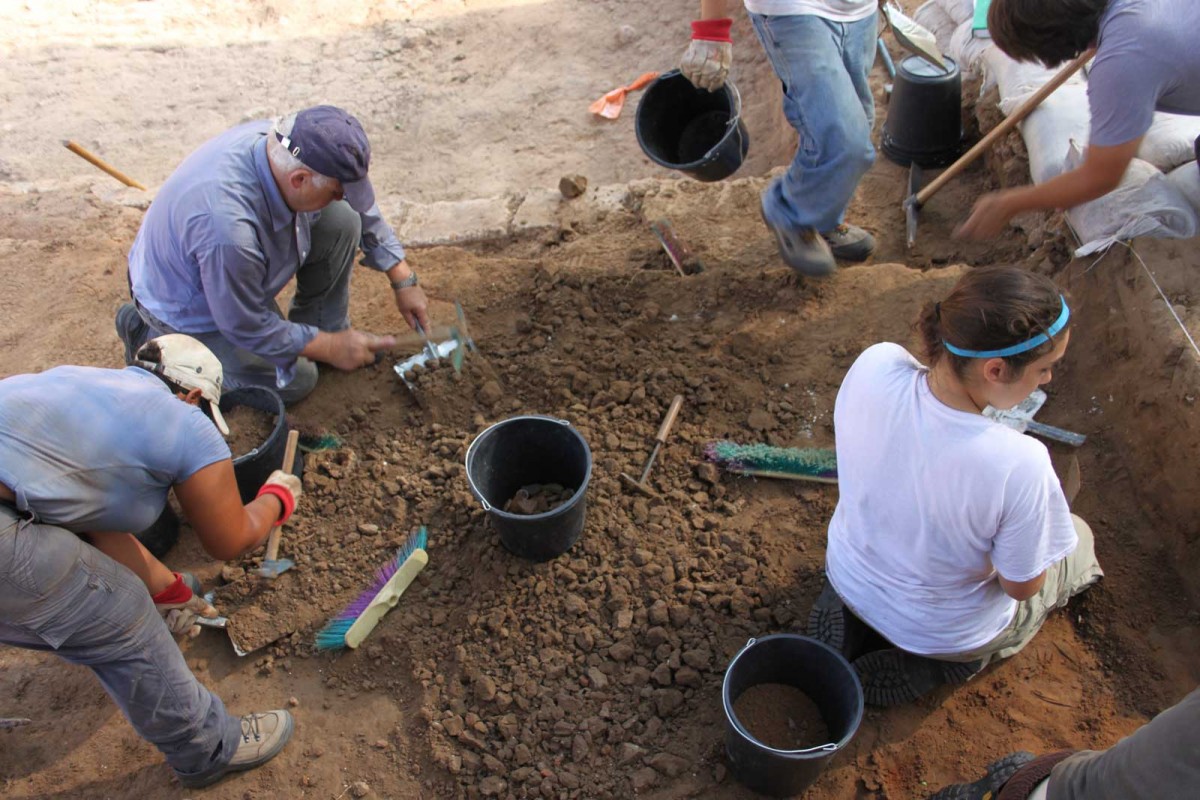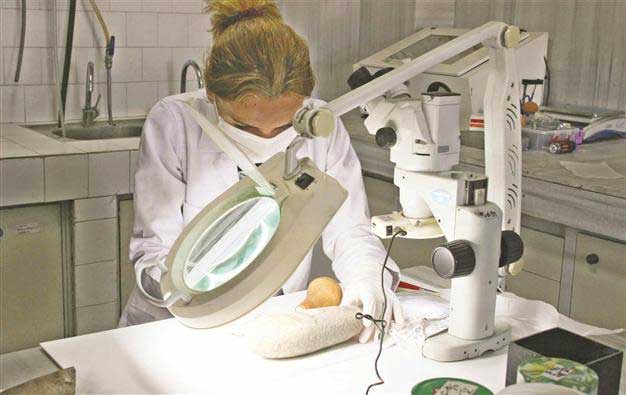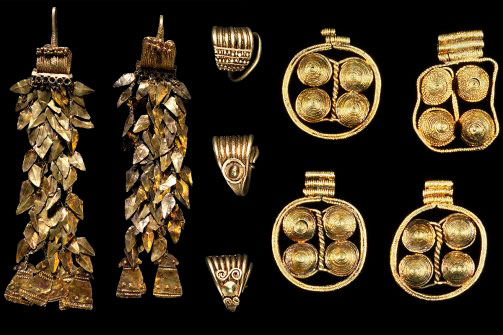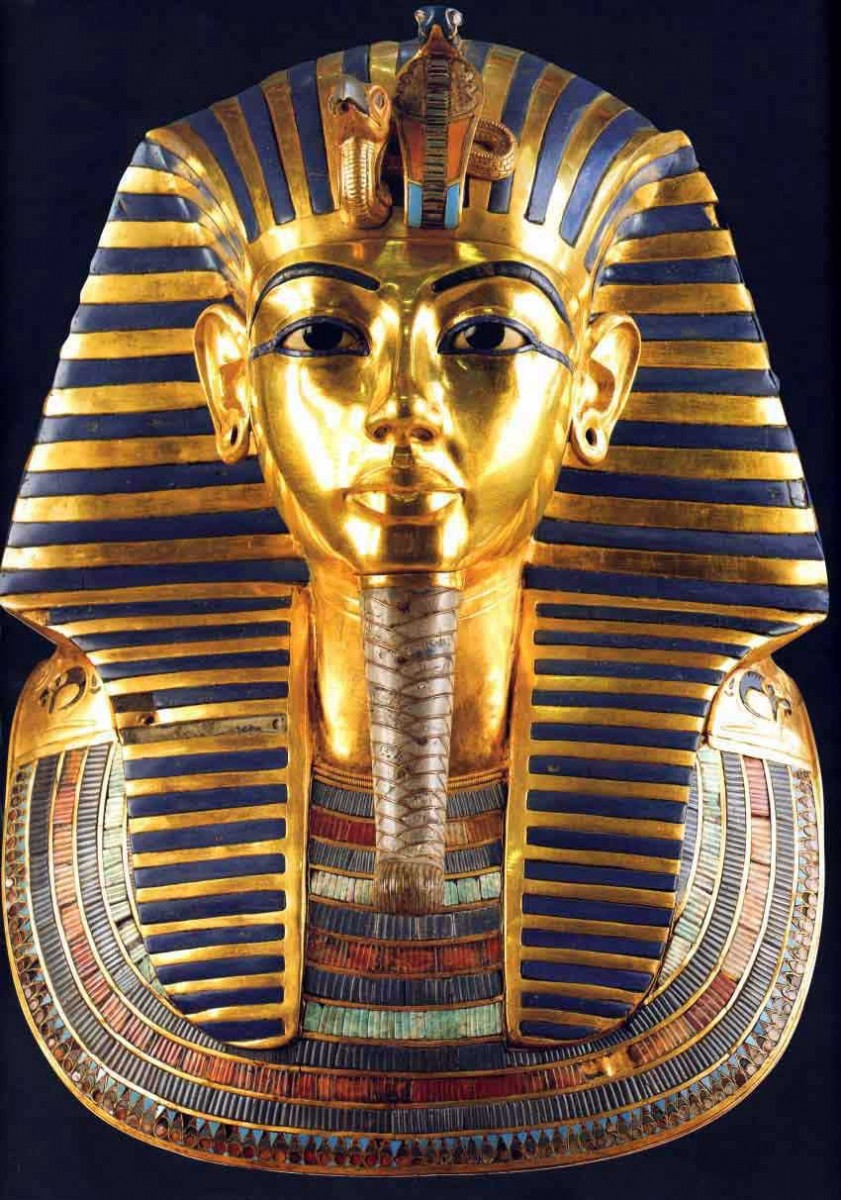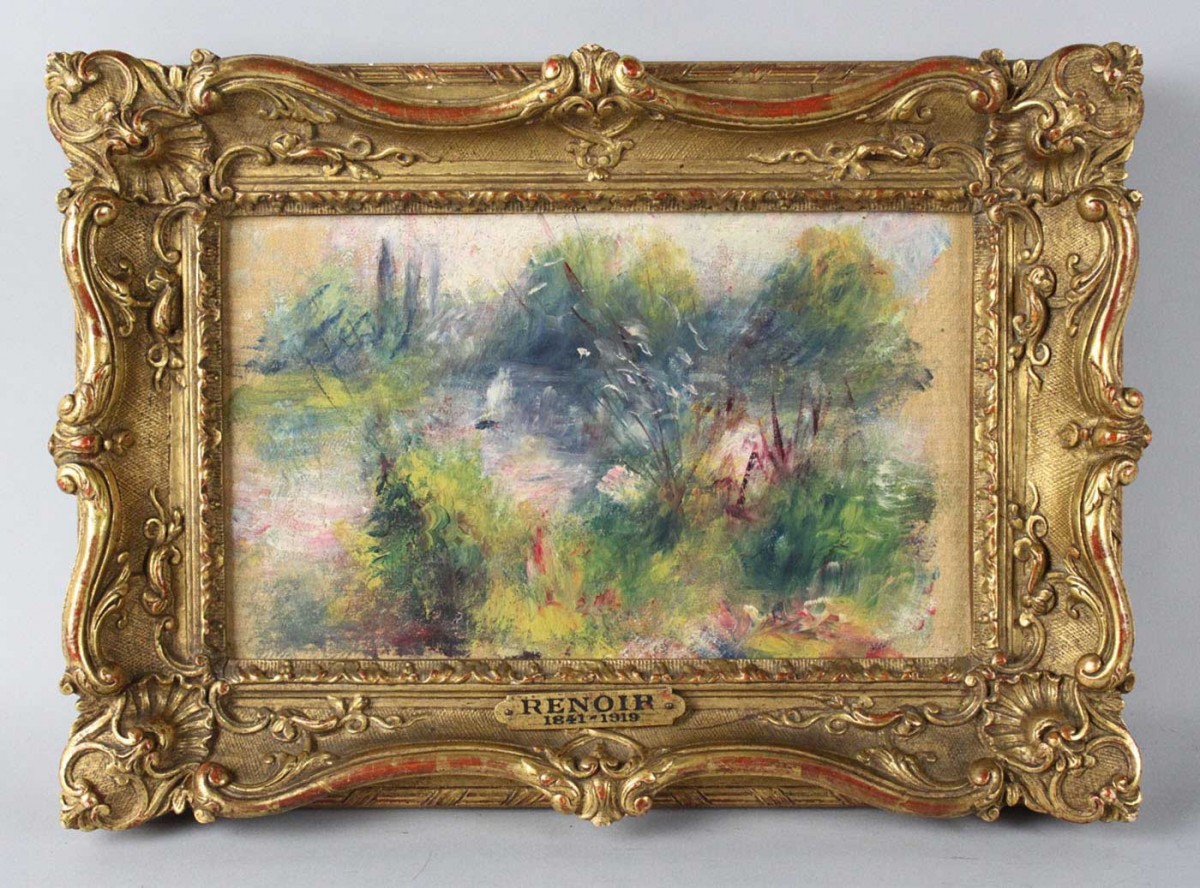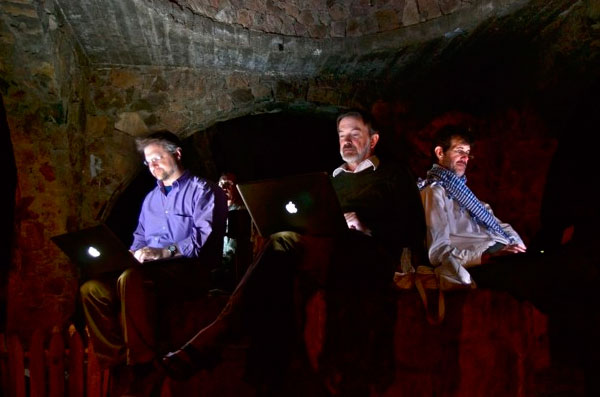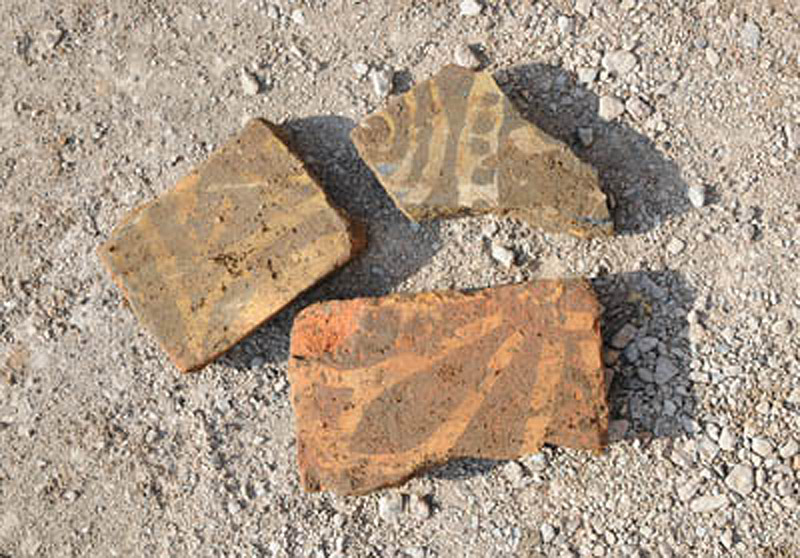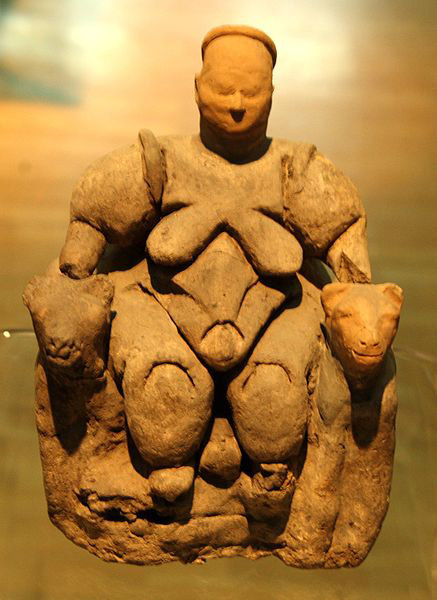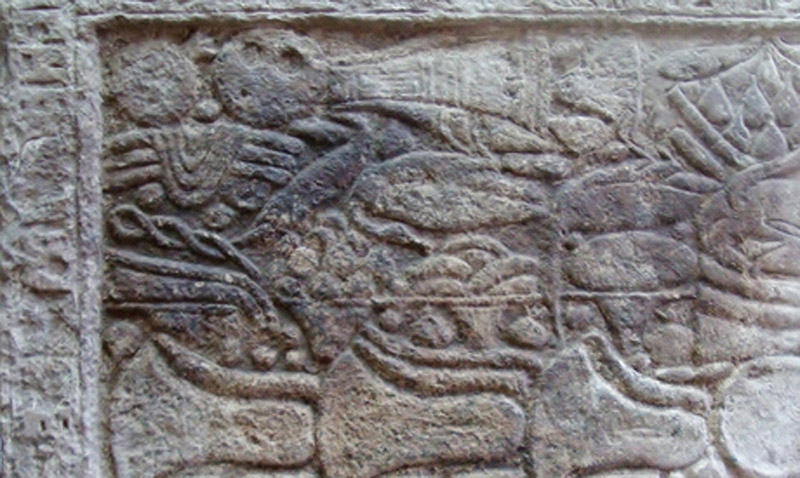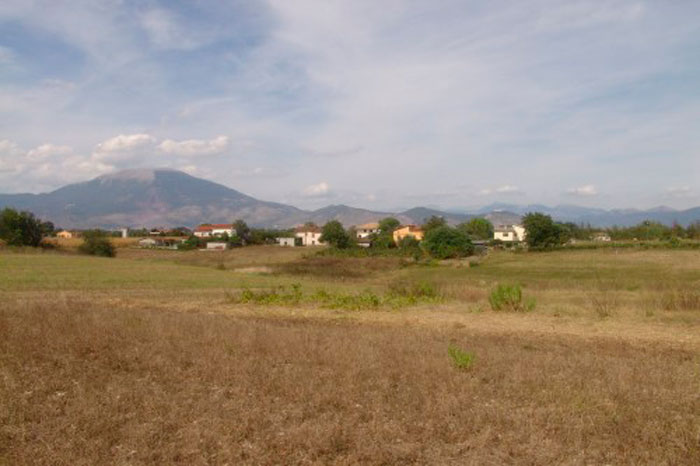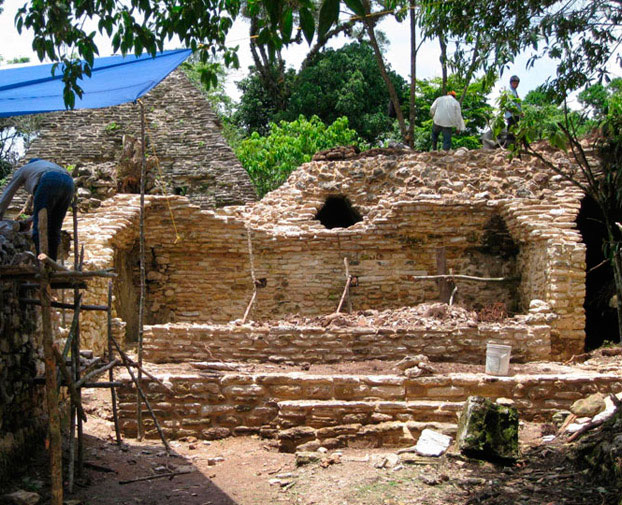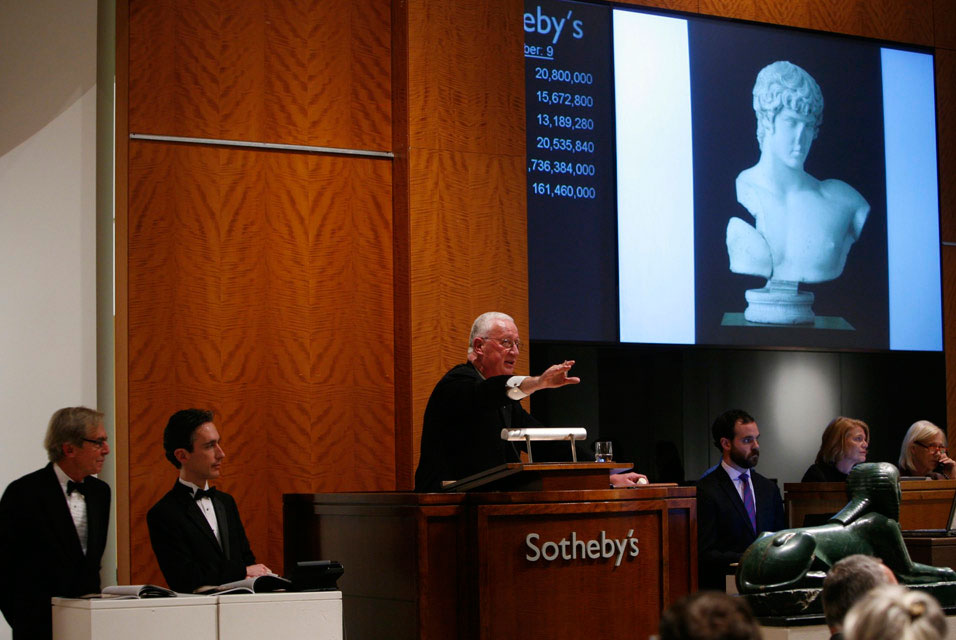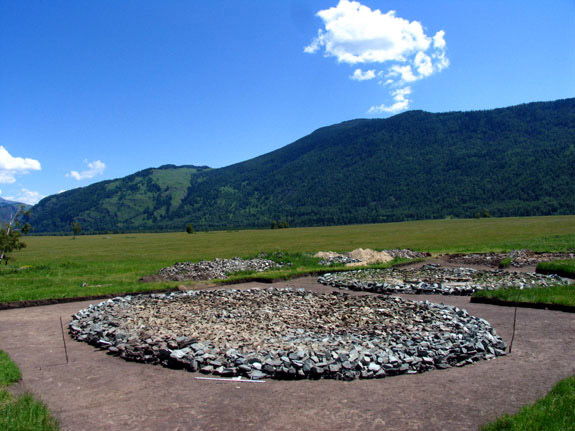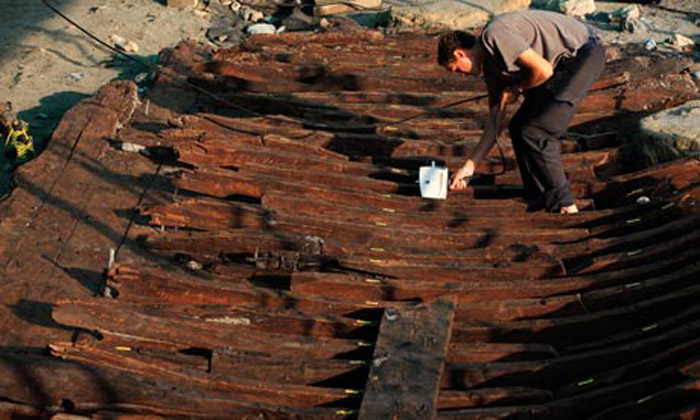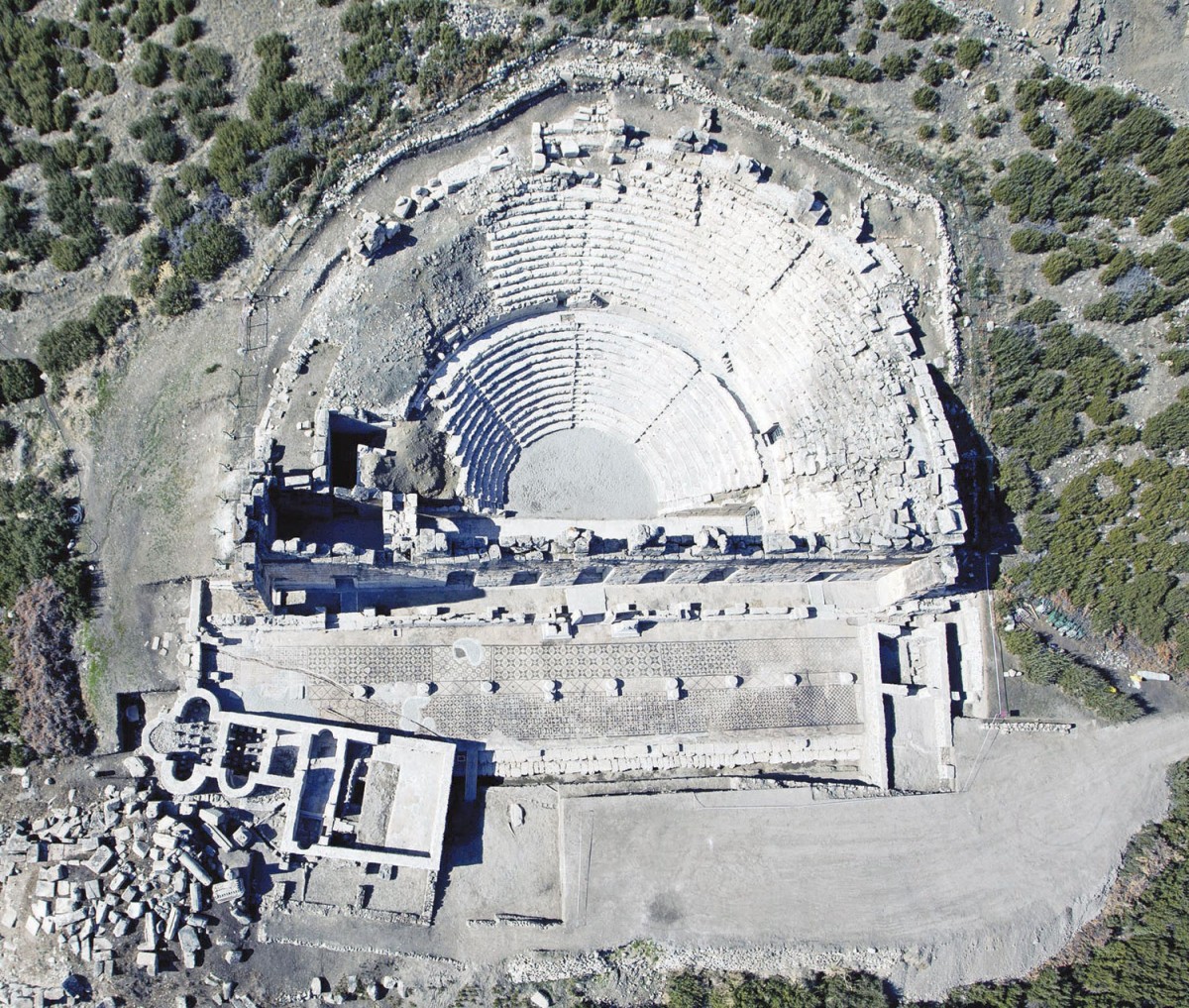Are the Greek monuments really in danger?
An article published in USA Today last Friday, claiming that Greek monuments face the danger of collapsing, is commented by the Greek press as it contains inaccuracies and false information.
Greek archaeological treasures take a hit
They survived wars, plunderers, earthquakes, millions of tourists and nearly 2,000 years of time. But they may not survive Greece's debt crisis.
The Keros Island Survey is looking for volunteers
Due to a last minute drop-out, the Keros Island Survey is looking for 1-2 volunteers who can come at the last moment to complete our team.
Georgia Xekalaki, Symbolism in the Representation of Royal Children
Discovering the way that symbolism operates in official representations of the pharaohs' sons and daughters through a groundbreaking text and a detailed image catalogue.
Will Ancient Akrotiri Face Another Massive Eruption?
The ancient Minoan city of Akrotiri was destroyed by a massive eruption over 3,000 years ago. Will it happen again soon to the excavated remains and the modern town? Scientists uncover some possible signs.
Roman era bath found in Hellenistic city
An ancient bath from the Roman period has been found during excavations at the Hellenistic city of Elaiussa Sebaste in the southern province of Mersin’s Erdemli town.
Thessaloniki: The West of East
Unknown photographs and postcards of the city will be on view in an exhibition organized by the National Bank of Greece Cultural Foundation.
Race to save Alaskan Arctic archaeology
A recently discovered 500-year-old Alaskan settlement is rapidly disappearing into the Bering Sea. The exquisitely preserved frozen site provides a spectacular insight into the Yup'ik Eskimo culture.
Presence of Egyptian settlement in Jaffa
The recent excavations have not only shed new light on the destruction of elements of the fortification, but also unearthed evidence pointing towards the presence of an Egyptian population on the site.
Excavations revealing centuries-old designs
Excavations at the Körtiktepe settlement in the southeastern province of Diyarbakır’s Bismil district (Turkey) have revealed various types of weaving designs.
Who Owns Antiquity?
There’s another downside to repatriations like the one Penn has announced. They play into the notion that the countries in today’s U.N. have a unique claim to every object ever made within their modern borders, as part of their trademark “cultural heritage.”
Tutankhamun’s mysterious death
Tutankhamun’s mysterious death as a teenager may finally have been explained. And the condition that cut short his life may also have triggered the earliest monotheistic religion, suggests a new review of his family history.
A global team is revolutionizing the preservation of ancient manuscripts
Michael Toth points at a computer screen filled with what seems to be a jumble of Arabic and Greek letters.
Found: the lost church where Richard III was buried
University of Leicester archaeologists have found the lost church where Richard III was buried over 500 years ago – under a City Council carpark.
In/fertility and Sacred Space: From Antiquity to the Early Modern
Abstracts of not more than 500 words (for 20 min papers) should be sent to Fay Glinister ([email protected]) by 30th September 2012.
New stone inscription shows list of offerings to ancient gods
A section of a New Kingdom stele listing offerings made to ancient Egyptian gods was discovered by chance at Matariya in northern Cairo.
Buried Italian town Interamna Lirenas is mapped by researchers
An ancient Italian town which disappeared after its abandonment 1,500 years ago and now lies buried underground has been mapped for the first time.
Ancient Mayan theater was political tool
Found at the archaeological site of Plan de Ayutla, in Ocosingo, Chiapas, the 1,200-year-old theater did not seem to be a place for art and culture.
Is the UNESCO’s 1970 Convention reconfiguring the market?
Souren Melikian describes some of the factors that are making UNESCO’s Convention for the protection of cultural property increasingly effective across most Western countries.
Burial Mounds Preserve Culture of Ancient Nomads in Kazakhstan
Richly woven textiles, gorgeous gold-leaf covered wooden horse tack ornaments and other rare organic artifacts, normally not preserved in other areas of the Ancient Near East and Central Asia, have been excavated in burial mounds, or “kurgans”.
Shipwreck in ‘exceptional’ condition discovered by archaeologists in France
It is thought to have sunk in the second or third century in the port at Antipolis.
Historic stadium found in Aydın
The best-preserved stadium in the Anatolian region has been found at the ancient city of Magnesia. Other finds also show that people living in the city were very civilized.
